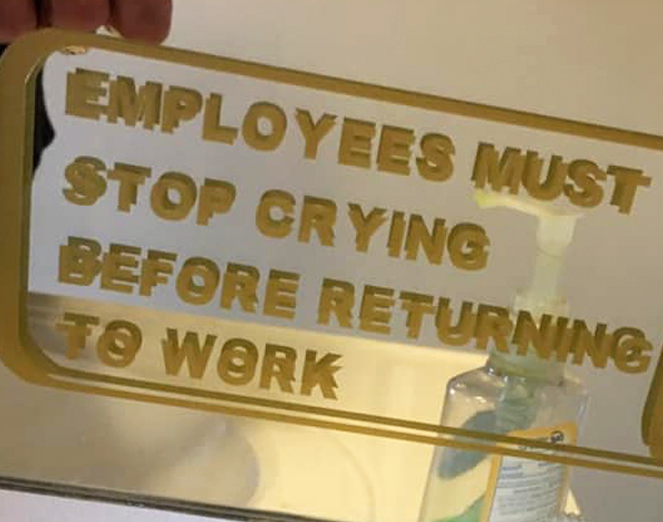That’s what I’m getting at in my first comment. Any explosive is inherently in a state of high stored chemical energy. That energy will want to come out somehow. And if it isn’t released, it will always stay there, ready to be released at any time.
It’s the equivalent to stacking a bunch of really heavy objects on really high shelves above where people walk. When that energy gets released, it’s going to be really destructive. And if that energy gets released in an unsupervised, unplanned way, people are gonna get hurt.







It’s a little bit more than that. There are 8 categories:
Sculpture is a type of visual work that can be copyrighted. So are architectural works. Not that a bar of soap would likely qualify as a sculpture, but there are 3 dimensional shapes that can be copyrighted.
If it’s not already in common use when trademarked, even simple shapes can be trademarked. Simple colors can be trademarked as well: UPS trademarked its shade of brown, Tiffany has trademarked its shade of blue. Specific design elements can be trademarked as well, like the recognizable Burberry check pattern, the iconic glass bottle shape of Coca Cola, etc.
And the Dove soap bar shape isn’t just a generic oval. It’s a precise 3 dimensional shape, with a raised center and a gradual taper to the vertical edges all around.
I couldn’t find a registered trademark, but the shape is distinctive enough that they probably would be able to trademark it if they wanted to (or even enforce an unregistered trademark in that shape, at least in the U.S.).